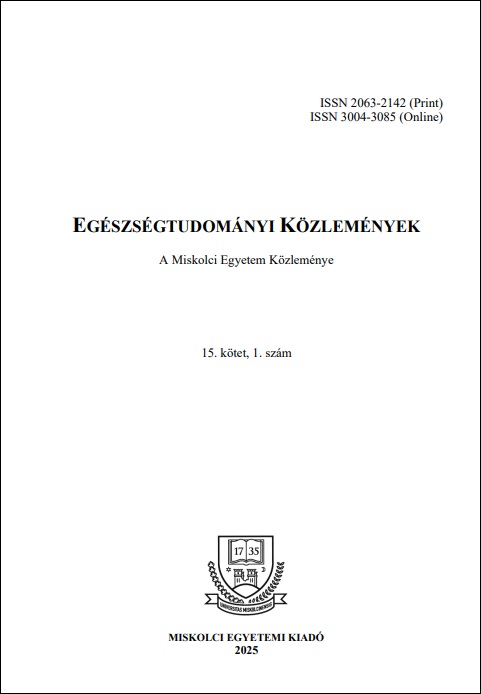What influences the body composition of patients with cerebral palsy?
What influences the body composition of patients with cerebral palsy?
DOI:
https://doi.org/10.32967/etk.2025.005Keywords:
cerebral palsy, BMI, quality of lifeAbstract
Objective: The aim of the study was to assess the nutritional status of children with cerebral palsy, taking into account the disease characteristics and sociodemographic indicators.
Methods:We included 99 families raising children with cerebral palsy in the study. 237 families (AP) from the general population served as the control group. During the study, we assessed the motor status of the children, all other comorbidities, and collected sociodemographic data. ’
Hungarian, WHO and expanded international (IOTF) body mass index standards were used to assess the nutritional status of the patients studied. We assessed the risk of comorbidities, severity of motor impairment, and sociodemographic factors on body composition.
Results:The average body weight and height of CP patients are lower than those of children without CP. Normal body composition can be detected in only 53% of patients, while thin, emaciated body composition accounts for about 40%. In the case of very low weight (SGA) and Stunted body composition (body composition that is deficient in both weight and height), the rate of comorbidities multiplies. Sociodemographic factors did not influence body composition.
In the quality of life examination according to weight category and BMI, both parents and children generally assessed their quality of life and movement as lower. We saw the least difference in the normal weight and BMI categories.
Conclusions:We can state that in the case of Cerebral Palsy, nutrition is mostly determined by the severity of the disease.

